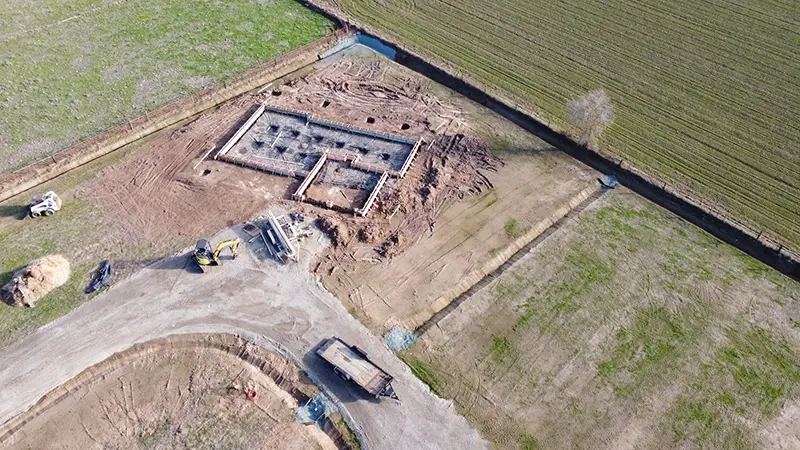Click here to get this post in PDF
Geophysical surveys are critical for many industries, and there are quite a few ways to explore underground, depending on your objectives. In this article, we look at some of the geophysical survey methods used today.
1. Seismic surveys – This type of survey uses special sensors placed deep underground, and connected to wires to gain critical information about the rock formation a few kilometres under the ground. Using special geophysical survey equipment, surveyors can create specific vibrations that are measured as they pass through the rock. Explosives are sometimes used to create a shockwave that the sensors can measure.
2. Magnetic surveys – These are used to find out more about the Earth’s magnetic field at a specific location and specific data on the minerals present. The main equipment used is a magnetometer, which can give the surveyor high resolution of near-the-surface features.
3. Ground penetrating radar surveys – Known in the industry as GPR, the equipment sends an electromagnetic pulse into the ground, which is reflected back, and the time it takes is measured, giving the technician valuable data and rock formations. Rocky terrain can cause issues with this form of surveying, so it is not always the best form of survey; the experts would be able to tell you the best type of survey for your project.
4. Radiometric surveys – This survey measures gamma rays and is normally only used to measure the top 30cm of the ground. The survey can be carried out from the air or the ground surface, and specialist companies carry out radiometric surveys, which you can find with a Google search. Another term for this is gamma-ray spectrometry, which measures the variation of 3 radioactive elements, namely potassium, thorium and uranium, and it measures the gamma-ray variations.
5. Gravity surveys – A piece of equipment called a gravimeter to measure the gravitational forces at a specific location; this can determine the density of rock formation, and measurements are taken at specific intervals. This survey can be used in bore holes to measure deep regions, looking for variations in rock density. Reasons for variations include latitude, elevation and topography; the Earth’s gravity varies depending on the density of the rock formations.
Petroleum engineers use many of the above surveys to determine where large oil deposits might be found and whether you need surveys or surveying equipment; an online search would bring up a list of specialist companies. You should be able to find what you are looking for. The petrochemical industry is huge, and the oil corporations are constantly looking for new undiscovered oil fields; the experts are predicting we could run out of oil if we don’t shift our focus from oil to clean and renewable energy sources.
You may also like: How to Choose the Best Original Equipment Manufacturer
Image source: Unsplash.com

